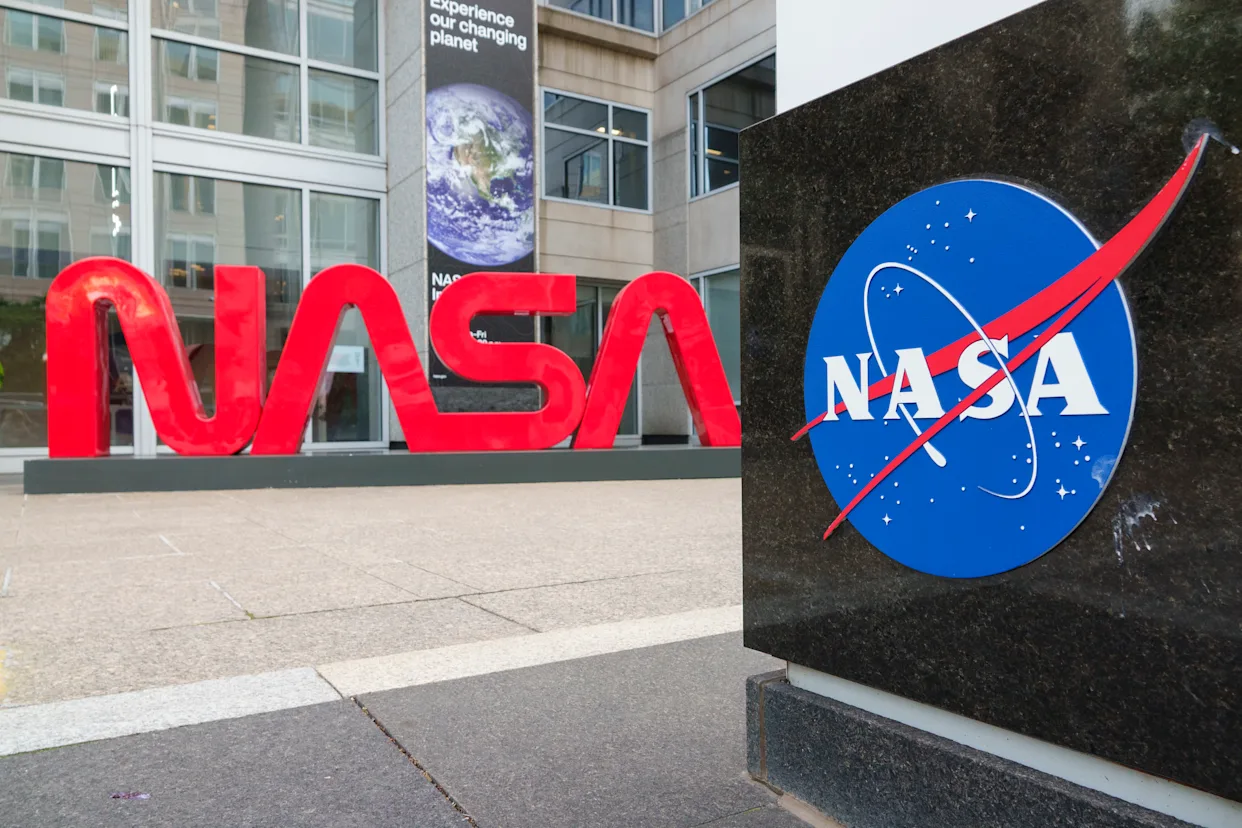The recent wave of NASA employee resignation has raised concerns within the space exploration community and among policymakers. According to reports, approximately 4,000 NASA employees resigned following the implementation of efficiency-driven policies introduced by President Donald Trump. These resignations mark one of the largest workforce disruptions in the agency’s history, potentially impacting future missions and research initiatives.
The incident highlights a critical intersection of politics, workforce stability, and scientific advancement. NASA, long considered a cornerstone of innovation and exploration, now faces uncertainty as it copes with reduced staffing and the challenges of maintaining its ambitious space agenda.
Details of the NASA Employee Resignation Wave
The wave of NASA employee resignation stems from new efficiency measures aimed at reducing costs and streamlining operations. These policies, introduced under the Trump administration, included budget reallocations, restructuring of management, and reductions in specific non-essential programs.
While supporters argue these measures are necessary to optimize taxpayer spending, critics suggest that the rapid implementation of such policies created an environment of uncertainty and job insecurity. Employees who felt their work was devalued or at risk of being cut opted to leave, resulting in a significant talent drain.
Many of the departing employees were mid-level scientists, engineers, and project managers who played key roles in NASA’s ongoing projects. Their sudden departure has raised concerns about knowledge transfer gaps and potential delays in critical programs such as Artemis, Mars exploration missions, and climate research initiatives.
Impact on NASA’s Current and Future Missions
The NASA employee resignation wave could have lasting implications for the agency’s scientific output and operational efficiency.
Delays in Major Space Programs
NASA’s Artemis program, designed to return humans to the Moon and eventually send astronauts to Mars, requires a highly skilled workforce for mission planning and execution. The loss of experienced engineers and scientists could delay key milestones, including spacecraft testing, launch schedules, and research collaborations.
Effects on Innovation and Research
Beyond human spaceflight, NASA’s strength lies in its research and technological innovation. Areas such as climate monitoring, satellite deployment, and planetary science depend on specialized teams. With fewer personnel, projects may experience reduced productivity, limiting NASA’s ability to produce groundbreaking research and technological advancements.
Morale and Recruitment Challenges
The NASA employee resignation wave also impacts morale among remaining staff. Uncertainty surrounding job security and political interference can deter top talent from joining the agency. NASA has historically attracted some of the best minds globally, but a perception of instability could drive skilled professionals toward private space companies like SpaceX and Blue Origin.
The Political Context Behind the Resignations
The Trump administration’s approach to federal agencies focused heavily on efficiency, cost-cutting, and reduced bureaucracy. While these objectives appeal to fiscal conservatives, their implementation often sparked friction within agencies dependent on long-term planning and innovation, such as NASA.
For NASA, the policy changes included a push toward greater reliance on commercial partnerships and reduced funding for certain scientific programs deemed “non-essential.” While commercial partnerships have benefited NASA in areas such as cargo transport to the International Space Station, the restructuring also created uncertainty among employees about the agency’s long-term vision.
The NASA employee resignation phenomenon highlights how political decisions can ripple through scientific institutions, affecting workforce stability, research priorities, and the pace of innovation.
Lessons Learned from the NASA Employee Resignation
The recent NASA employee resignation wave offers several lessons for policymakers and organizational leaders.
Clear Communication and Change Management
Policy changes that affect workforce structure require transparent communication and adequate transition planning. Employees need clarity about their roles, future opportunities, and organizational priorities. The absence of clear communication can lead to fear, uncertainty, and ultimately, resignations.
Balancing Efficiency with Workforce Retention
Efficiency goals must be balanced with workforce morale and retention strategies. While cost-cutting measures are sometimes necessary, retaining top talent is critical to maintaining operational excellence. Incentives, retraining opportunities, and long-term vision alignment can help mitigate mass resignations during organizational changes.
Investing in Future Talent Pipelines
NASA’s experience underscores the need for robust talent development and recruitment programs. Collaborations with universities, training initiatives, and outreach to younger professionals can help replenish the talent pool and prevent long-term knowledge gaps.
What’s Next for NASA?
Despite the setbacks caused by the NASA employee resignation wave, the agency continues to move forward with its space exploration agenda. Leaders have announced plans to focus on rebuilding the workforce, attracting new talent, and restoring confidence in NASA’s mission.
The agency is also expanding collaborations with private space companies and international partners to offset staffing challenges. Initiatives to automate certain processes and leverage artificial intelligence are being considered to improve operational efficiency without sacrificing mission quality.
NASA’s resilience has been tested throughout its history, from budget cuts to technical failures, and the current situation presents another opportunity for adaptation. However, restoring workforce stability and morale will be essential to ensure long-term success.
Conclusion
The NASA employee resignation wave triggered by Trump’s efficiency policies represents a significant turning point for the space agency. With 4,000 employees leaving, NASA faces challenges in maintaining mission timelines, retaining top talent, and protecting its reputation as a leader in space exploration and research.
While efficiency is an important goal for any public institution, policymakers must consider the potential human impact of rapid organizational changes. For NASA, the road ahead involves rebuilding its workforce, enhancing internal communication, and reinforcing its long-term commitment to exploration and innovation.
Read More






 Wednesday, 17-12-25
Wednesday, 17-12-25







